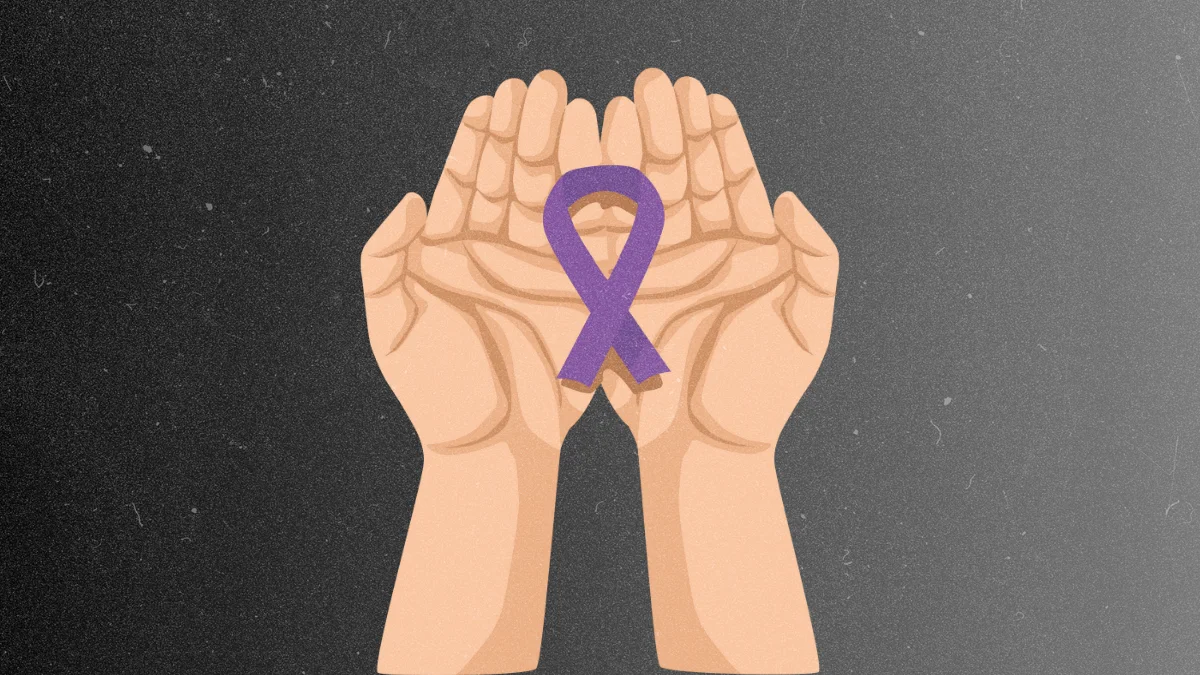Domestic violence is a painful reality that affects millions of people worldwide, regardless of gender, age, or social background. It can take many forms—physical abuse, emotional manipulation, financial control, or psychological intimidation. The scars it leaves behind often go beyond visible injuries, impacting self-esteem, trust, and mental well-being. For those trapped in abusive relationships, finding help for domestic violence is the first and most crucial step toward freedom and healing. Knowing where to turn, how to reach out safely, and what resources are available can make all the difference.
Understanding Domestic Violence
Domestic violence, also known as intimate partner violence (IPV), is a pattern of behavior used by one partner to gain or maintain power and control over another. It often starts subtly—with controlling actions or verbal insults—and gradually escalates into severe abuse.
Some common types include:
- Physical abuse: Hitting, slapping, choking, or using weapons.
- Emotional abuse: Insults, humiliation, and threats designed to destroy confidence.
- Sexual abuse: Non-consensual sexual acts or coercion.
- Financial abuse: Restricting access to money, employment, or financial independence.
- Psychological abuse: Intimidation, isolation, or gaslighting tactics.
Understanding these behaviors is vital because abusers often minimize their actions or blame the victim. Recognizing the warning signs is the first step toward seeking help and protection.
The Hidden Impact of Abuse
Domestic violence doesn’t just harm the body—it damages the mind and spirit. Survivors often experience:
- Depression and anxiety: Constant fear and control can cause emotional trauma.
- Low self-esteem: Repeated humiliation and manipulation erode self-worth.
- Social isolation: Abusers often cut victims off from family and friends.
- Post-Traumatic Stress Disorder (PTSD): Flashbacks, nightmares, and severe anxiety are common.
- Physical health issues: Chronic pain, sleep disorders, and other stress-related illnesses.
Children who witness domestic violence also suffer long-term consequences. They may develop behavioral problems, struggle with emotional regulation, and replicate abusive patterns later in life if they don’t receive proper intervention and support.
Taking the First Step Toward Safety
Deciding to leave an abusive situation is never easy. Survivors often face fear of retaliation, financial dependence, or emotional attachment to the abuser. However, safety planning can help reduce these risks.
Steps to take include:
- Reach out for support: Contact trusted friends, family members, or professional organizations that provide confidential help.
- Create a safety plan: Identify safe places, pack essential items, and memorize emergency contact numbers.
- Document the abuse: Keep records of injuries, threatening messages, and incidents.
- Seek legal protection: Apply for restraining orders or protection orders where possible.
- Connect with shelters and crisis centers: These facilities offer temporary housing, counseling, and legal aid.
Remember, leaving is not an event—it’s a process. Each small step forward matters, and support is available at every stage.
Where to Find Help and Support
In today’s digital age, survivors have access to multiple confidential and supportive resources. One trusted source is help for domestic violence, which connects victims to counseling, legal advice, and community assistance.
Other forms of help include:
- Hotlines: National and local helplines are available 24/7.
- Counseling services: Trained professionals can help rebuild confidence and mental stability.
- Community organizations: Many non-profits provide shelter, childcare, and job assistance.
- Legal aid groups: They guide survivors through restraining orders, custody cases, and financial claims.
It’s important to remember that no one deserves abuse, and professional help can open the door to safety, justice, and recovery.
Rebuilding After Abuse
Surviving domestic violence is only the beginning of a long journey toward healing. Emotional and psychological recovery requires patience, compassion, and professional support.
Here’s how survivors can begin to rebuild:
- Seek therapy and counseling: Trauma-focused therapy helps survivors process pain and regain control over their lives.
- Join support groups: Sharing experiences with others who’ve faced similar struggles fosters understanding and empowerment.
- Reestablish independence: Rebuilding financial stability and personal confidence is key to long-term recovery.
- Practice self-care: Mindfulness, exercise, journaling, and healthy social interactions can nurture emotional well-being.
- Focus on empowerment: Education, career development, and new hobbies can help rebuild identity and purpose.
Healing doesn’t mean forgetting—it means reclaiming one’s power and learning to live without fear.
The Role of Society in Ending Domestic Violence
Ending domestic violence requires more than individual effort—it demands societal change. Communities must promote awareness, challenge harmful stereotypes, and encourage open dialogue. Schools, workplaces, and public institutions play a key role in educating people about healthy relationships, consent, and respect.
Ways to contribute include:
- Supporting local shelters and domestic violence programs.
- Speaking up when witnessing signs of abuse.
- Promoting gender equality and respect in everyday interactions.
- Encouraging empathy and zero tolerance for violence.
When communities unite to protect survivors and hold abusers accountable, the cycle of violence begins to break.
Conclusion
Domestic violence is a silent epidemic that thrives on fear, isolation, and shame. But with courage, compassion, and support, survivors can find the strength to escape and rebuild their lives. Remember that help for domestic violence is available for anyone who feels trapped or hopeless. Reaching out for assistance isn’t a sign of weakness—it’s the first step toward empowerment and healing.
Every survivor deserves safety, respect, and the chance to live free from abuse. Together, through awareness and action, we can create a world where love means security, not fear.
